
Unresolved security questions and the entrenched militant control fray the brittle ceasefire in Gaza. With international actors pushing for reconstruction and governance reforms, Hamas’s refusal to disarm presents a risk of return to full-scale conflict. The stakes are high since any breakdown risks catastrophic civilian casualties and further destabilization of the region.
At the center of this crisis lies a competition between ambitious peace frameworks pitted against operational realities on the ground: international stabilization forces, transitional governance, and economic revival are set to face fierce resistance by local factions and regional powers. Meanwhile, both the IDF and PMCs make novel adaptations to the peculiar demands of Gaza’s subterranean battlefield. Discussed herein are the most consequential developments that shape the future security landscape in Gaza.
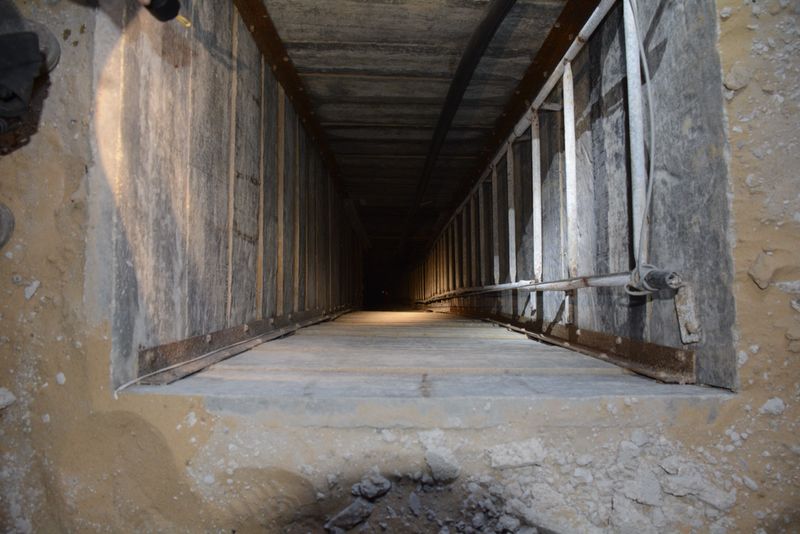
1. Entrenched Hamas Control and Refusal to Disarm
Hamas has reasserted its control over areas west of the “yellow line of the Israeli withdrawal, using executions and intimidation to silence dissent. It is busily collecting unexploded munitions, repairing tunnels, and influencing appointments to Gaza’s technocratic committee. All these moves-especially reluctance to give up their weapons-come at the risk of violating ceasefire terms and inviting unilateral Israeli military action.
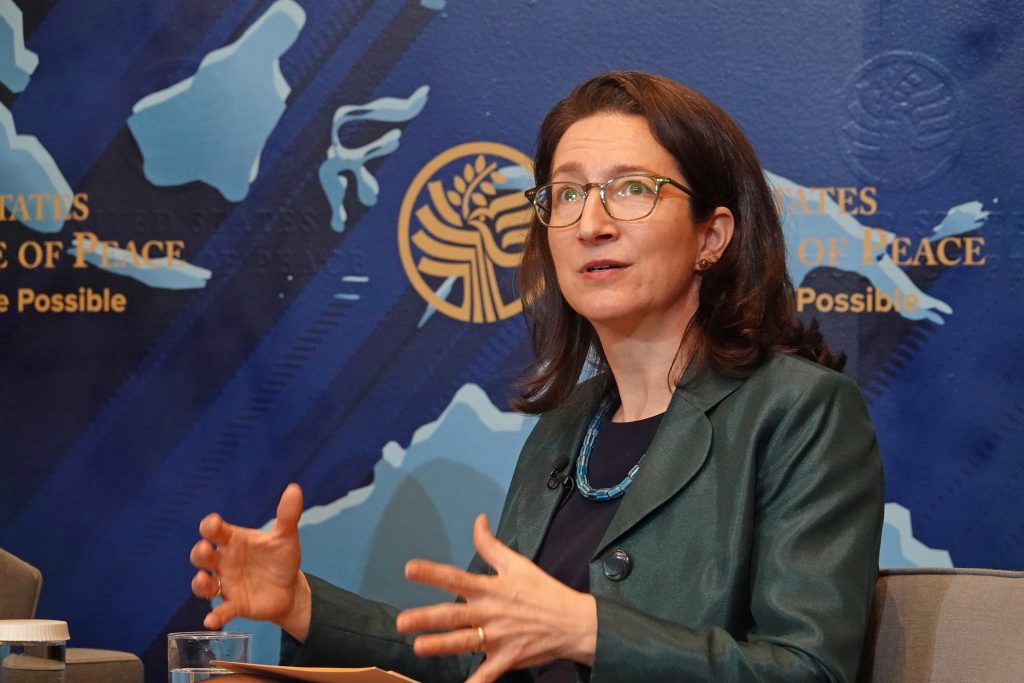
2. Ceasefire in Limbo; Trump’s 20-Point Peace Plan
The US-brokered plan provides for staged IDF withdrawals, hostage exchanges, and establishment of a technocratic Palestinian committee under an international “Board of Peace.” Yet the most critical of those components, the disarmament clause, so far is unimplemented. Reconstruction cannot go ahead without Hamas’ compliance; neither can governance reforms, placing in jeopardy the larger framework for Gaza’s transformation.

3. International Stabilization Force: Promise and Pitfalls
The draft ISF before the UN Security Council would act in coordination with Israel and Egypt to secure Gaza and train Palestinian police. However, Muslim-majority countries have so far been reluctant to join the force without a clear mandate, because such involvement could position them for a direct confrontation with Hamas. Further clouding consensus on the makeup and rules of engagement for the force is Israel’s opposition to UN oversight.

4. Private Military Contractors as a Tactical Solution
These forces are considered to lead the operations for disarmament in areas controlled by Hamas. The advantages of such forces are that they can provide political flexibility, specialized skills, and close-quarters combat with reduced civilian harm. Their checkered historyfrom the Blackwater incidents in Iraq to controversial roles in Gaza aid distributiondemands rigorous oversight, licensing, and adherence to international humanitarian law.
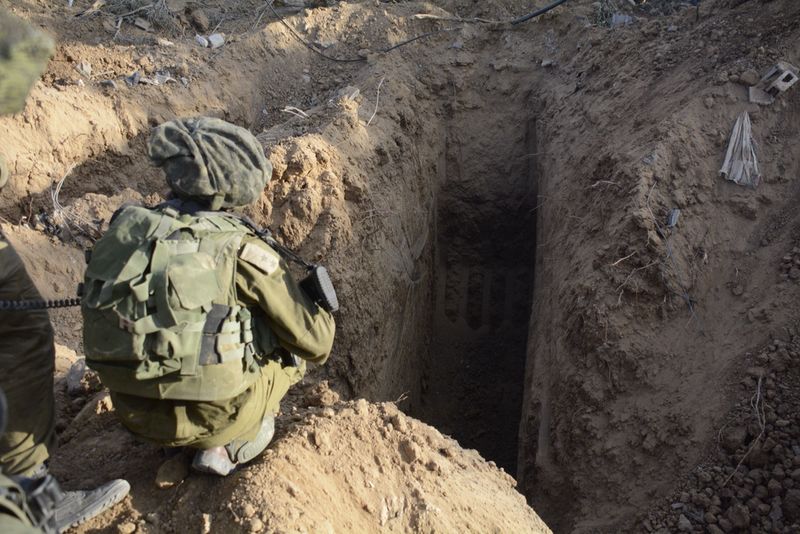
5. Gaza’s Subterranean Battlefield
Pitted against the IDF is an expansive tunnel system, estimated between 350 and 450 miles, integrated underneath civilian infrastructure. Specialized teams like Yahalom have developed the detection techniques involved: seismic sensors, thermal imaging, and AI-driven analysis. Fighting in the tunnels also calls for peculiar tactics and equipment, since standard gear often proves inappropriate underground.
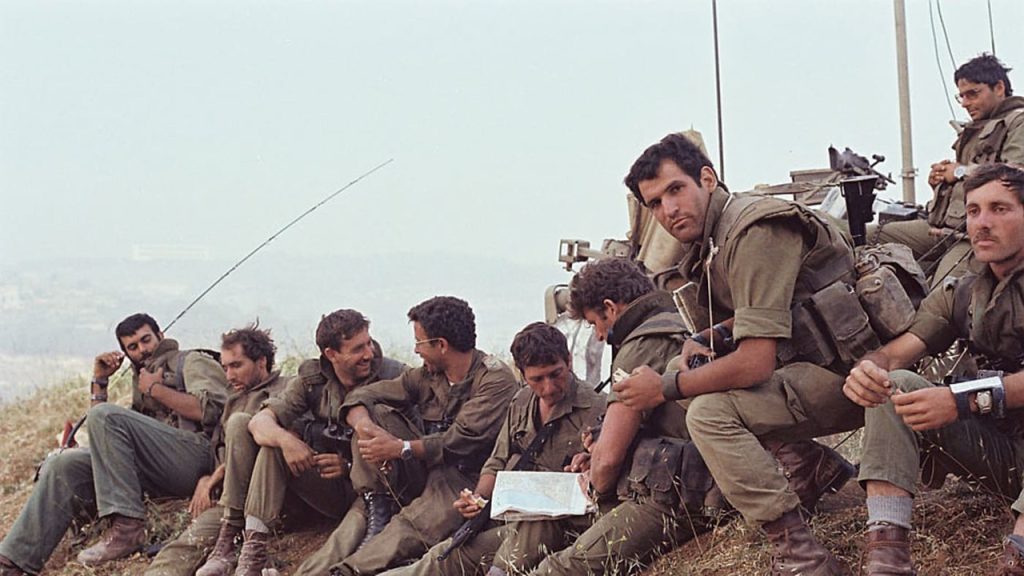
6. IDF’s Cultural Shift in Tunnel Warfare
Initiated and commanded by Brigadier General Dan Goldfus, the 98th Paratroopers Division spearheaded a game-changing concept in coordinated surface-subsurface operations for rendering Hamas’s tunnels offensive corridors. Adaptation defines a dramatic shift from the IDF’s previous avoidance of subterranean combat, informing doctrine well outside of Gaza and extending into other theaters like Hezbollah’s so-called “Land of Tunnels” in Lebanon.

7. Legal and Regulatory Gaps in PMC Operations
PMC personnel do not neatly fit into the categories of international law, with ambiguities surrounding civilian, combatant, and mercenary status. The Montreux Document represents best practice for contracting, territorial, and home states; however, a number of its aspects have been implemented inconsistently. Without binding regulation, accountability for misconduct is often illusive. This is illustrated by a number of high-profile cases where military personnel were prosecuted while the involved PMC staff were not.

8. The ‘Yellow Line’ and Expanding Israeli Control
Satellite imagery and eyewitness accounts have shown that the Israeli boundary markers are hundreds of meters deeper into Gaza relative to the ceasefire maps. To analysts, this demarcates either a buffer zone or a “kill zone” through which to interdict threats well before they reach IDF positions. The change also raises a number of legal concerns on proportionality and civilian safety under the law of armed conflict.

9. The ‘Disneyland Strategy’ for Reconstruction
Security experts recommend reconstruction of the areas swept clean behind the yellow line as an exhibition of life without Hamas – a model used in Iraq and Afghanistan and summed up by the phrase “clear, hold, build”. These enclaves could expand into self-governing territories that become examples for broader reform. The risk is that this could solidify the divide between the land of Hamas and of Israel.
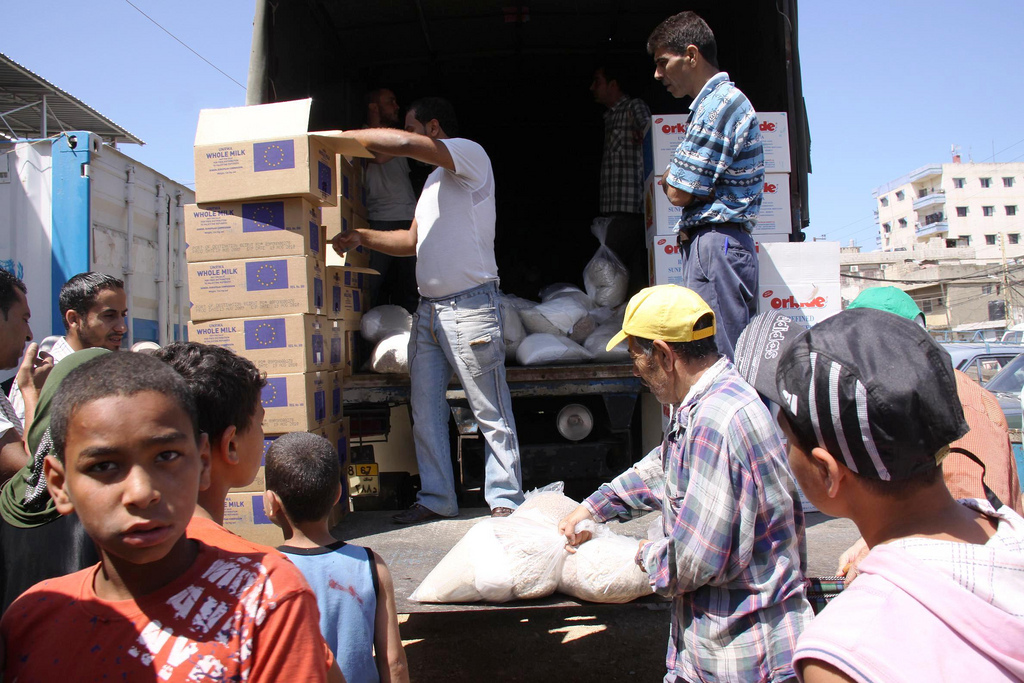
10. Local Agency vs. External Trusteeship
The political vacuum in Gaza has driven grassroots initiatives-relief committees, professional syndicates, women’s associations-into governance gaps. Observers warn that reconstruction without representation may cement dependency. As the political sociologist Talal Abo Rokba says, “Legitimacy cannot be imported or imposed, it must come from within.” Which way Gaza goes depends on whether security imperatives can be reconciled with legitimate local governance. The interaction of military innovation, international diplomacy, and grassroots resilience will determine whether the territory moves toward stability or spirals back into war. For policymakers and strategists, the challenge is how to devise solutions that neutralize militant threats while putting Gazans in the driver’s seat of their destiny.

